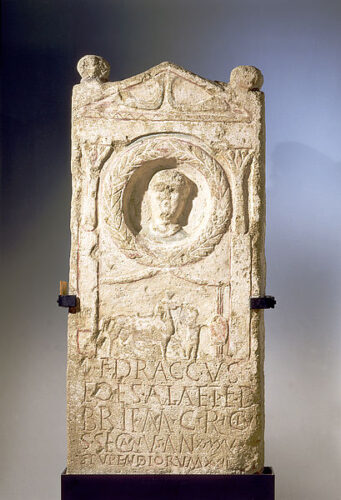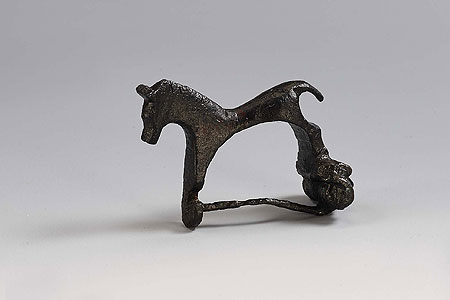Birth
The site where the city of Vienna stands today shows archaeological evidence of early habitation that date back to 8000 BC. A Copper Age settlement was uncovered on the Gemeindeberg (today’s 13th district), containing numerous ceramic finds, stone artifacts and animal bone remains in excavations carried out between the 1920’s and 1930’s. Both everyday objects and more significant burial artifacts were discovered during the construction of the Vienna Höhenstrasse on the Leopoldsberg (19th district). It is now proven that Leopoldsberg, the most famous hill towering over the Danube and the city, was inhabited since the Stone Age (6000 BC) all the way to the late Bronze Age (800 to 700 BC) by people of the so-called Urnfield culture (1300 BC – 750 BC – predecessor of the Hallstatt culture (800 BC — circa 500 BC).

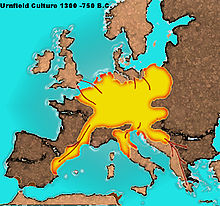
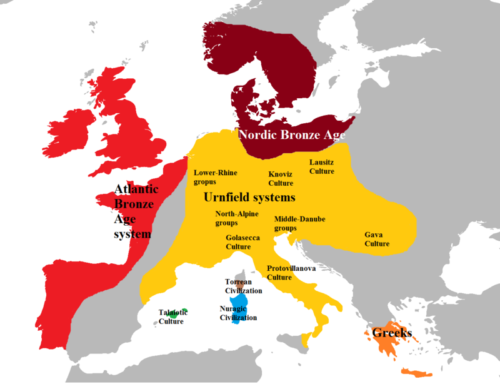
The proto-Celtic tribes established their permanent settlement on the site of modern day Vienna around 500 BC. Its name, Vindobona from ancient Celtic windo (white) & bonna (base/bottom).
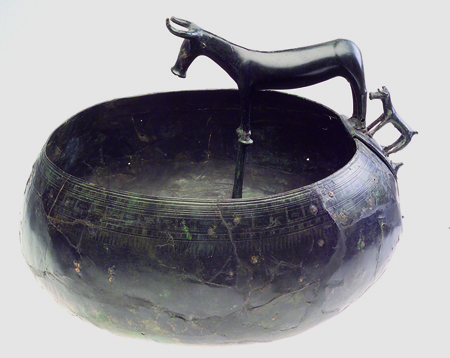
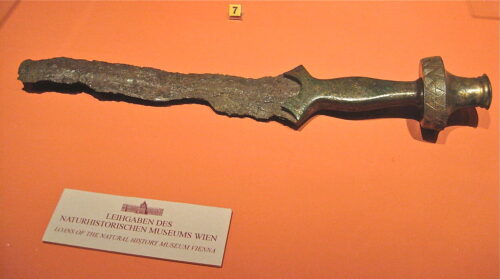
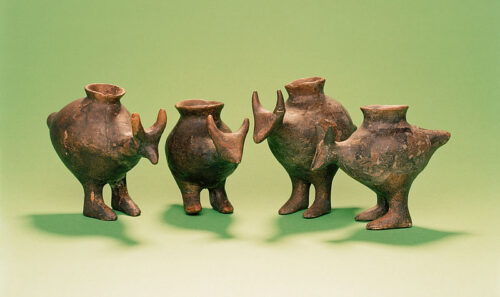
Around 15 BC (a year before the death of Rome’s first Emperor, Caesar Augustus) the wider territory south of the River Danube known as Noricum (Federation of Celtic tribes) is incorporated in the Roman Empire. Around that time the Roman army sets up a military camp on the site of the city center of present-day Vienna with the same name as the pre-existing Celtic settlement (Vindobona). The camp would serve like dozens more as a gatekeeper of the Empire.
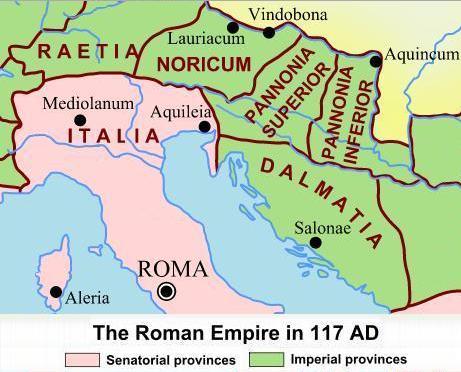
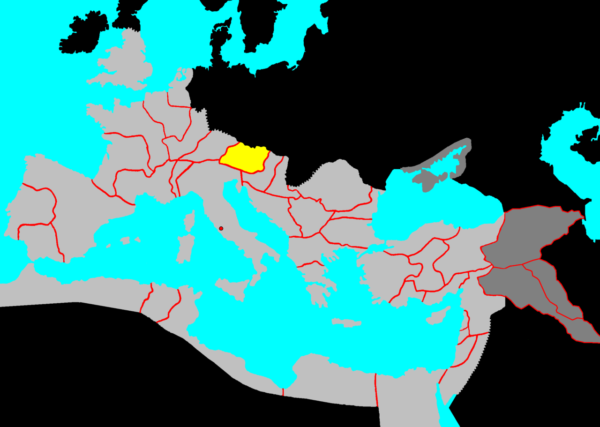
During the reign of Emperor Claudius (41 to 54 AD) Vindobona became one of the main border camps of the Roman Province of Pannonia containing about 6000 men. The camp was surrounded by the so-called Villae Rusticae, countryside villas for the high ranking officers or other Roman citizens which served both as a landowner’s residence and a farm, providing for much of the needed by the army food supplies.
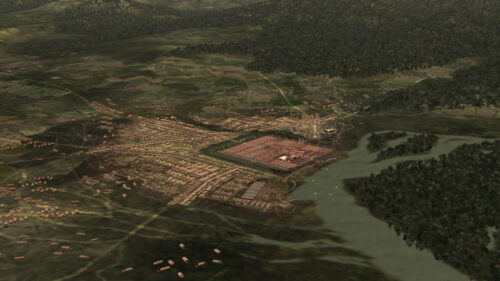
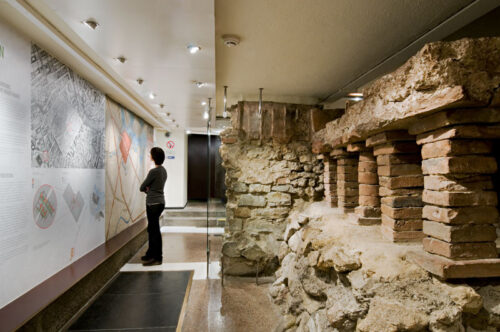
The Roman fort was designed as every other Roman city, with an elaborate system of aqueducts, canals & subterranean pipes that provided the inhabitants of Vindobona with fresh water & secured their appropriate sanitation.


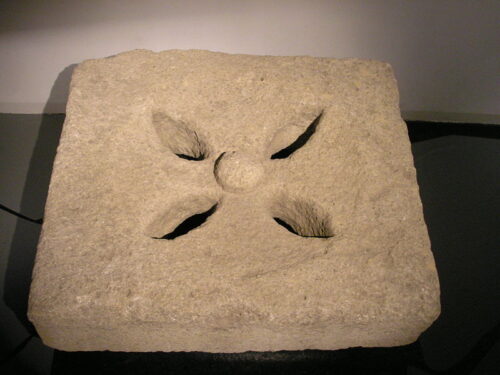
The creation of the fort was followed by civic communities that developed in its vicinity raising the area’s population to about 15.000. Several legions, cavalry units & military officers were constantly exchanged between Vindobona & other military camps which comprised the defensive network of Pannonia.
